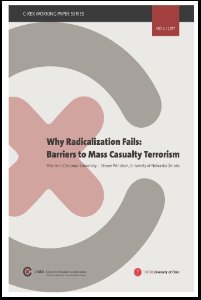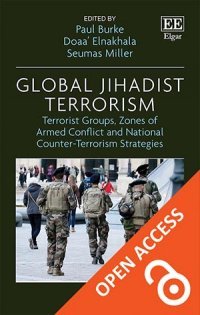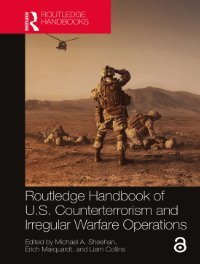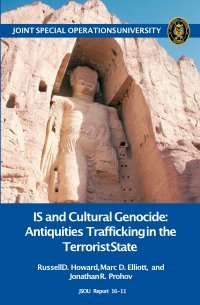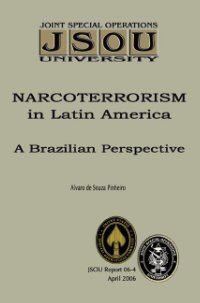By Christina Schori Liang
Keypoints • There are growing links between terrorist and organised crime groups who are sharing expertise and are cooperating in kidnapping, arms, drugs and human trafficking, as well as drug production, cigarette smuggling, extortion and fraud. • The growing nexus of shared tactics and methods of terror and crime groups is due to four major developments: globalization, the communication revolution through the Internet, the end of the Cold War, and the global “war on terror”. • Both terrorist and organised crime groups are leveraging the Internet for recruitment, planning, psychological operations, logistics, and fundraising. The Internet has become the platform for both organised crime and terrorists to conduct cybercrimes ranging from video piracy, credit card fraud, selling drugs, extortion, money laundering and pornography. • The growing nexus has facilitated terrorists to access automatic weapons, including stand-off weapons and explosive devices, empowering them to challenge police, land and naval forces with the latest sophisticated weaponry and intelligence. • The growing nexus of terrorism and organised crime is exacerbating efforts in war-fighting and peacemaking in Iraq and Afghanistan. Also, West Africa in general and the Sahel in particular have become a dangerous new trafficking hub uniting both terrorists and organised crime cartels across a wide and mostly ungoverned land mass. • The growing nexus of terrorism and organised crime groups is challenging international and national security by weakening democratic institutions, compromising government institutions, damaging the credibility of financial institutions and by infiltrating the formal economy, leading to increased crime and human security challenges.
Geneva: Geneva Centre for Security Policy, 2011. 6p.
















